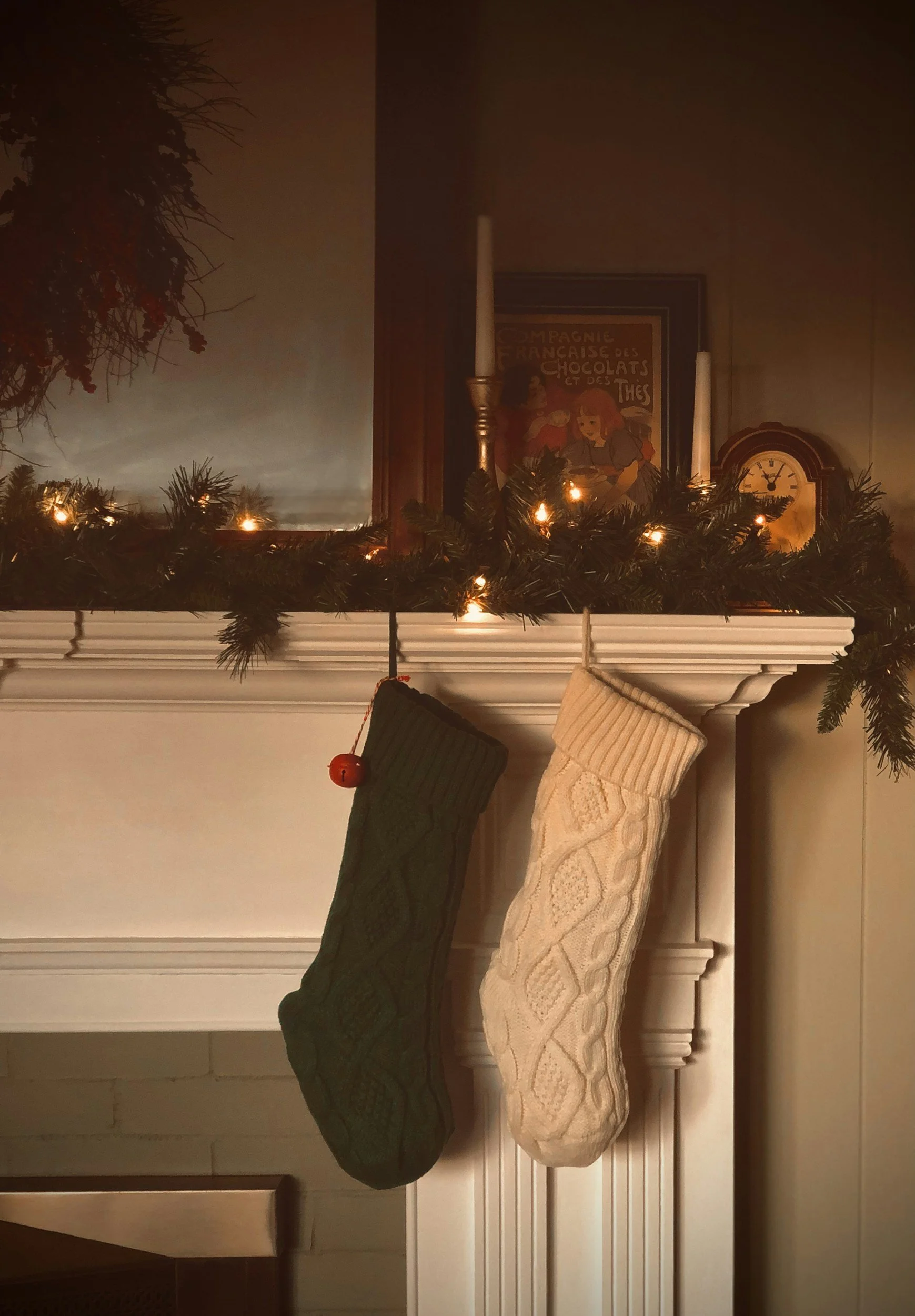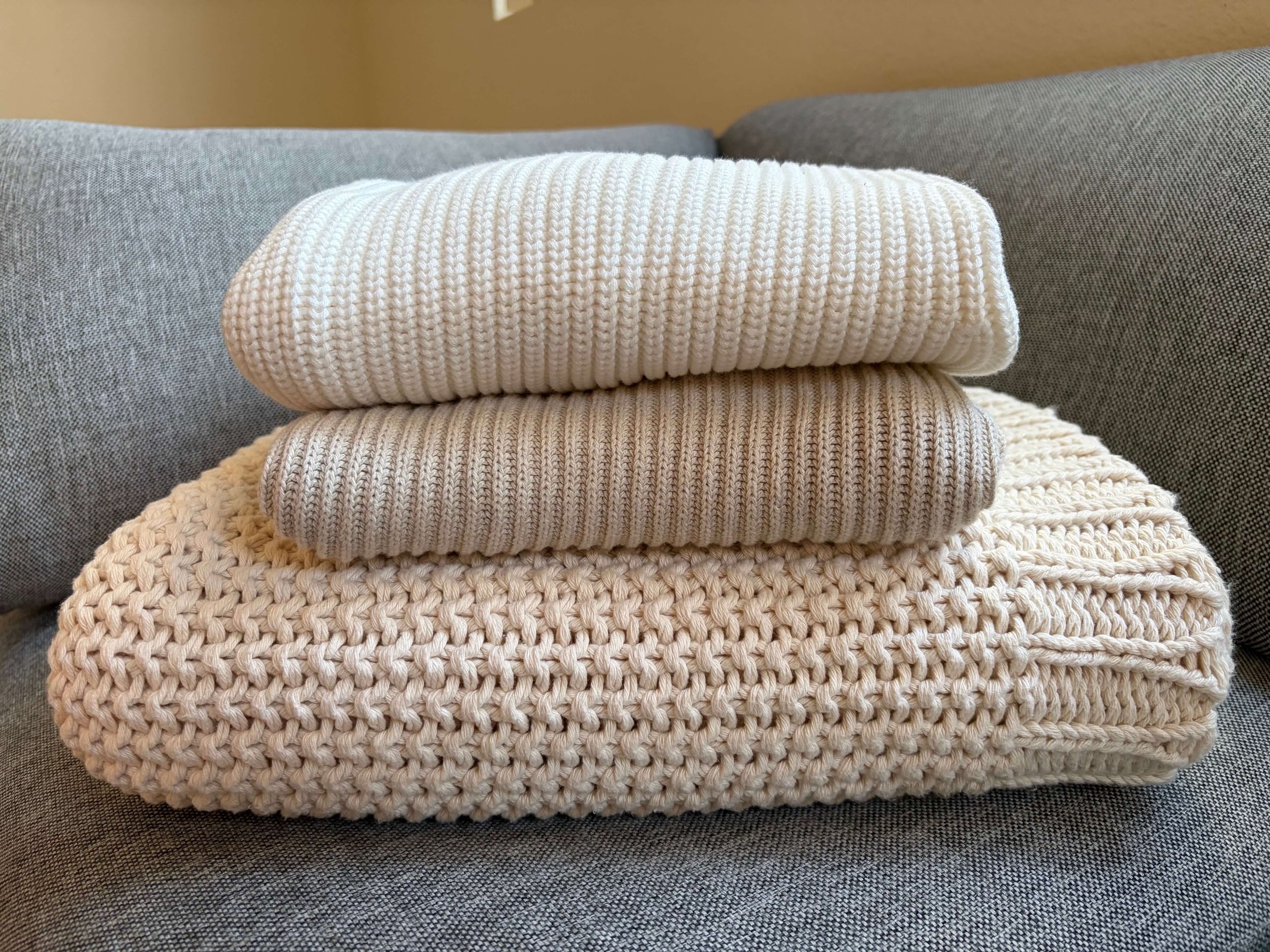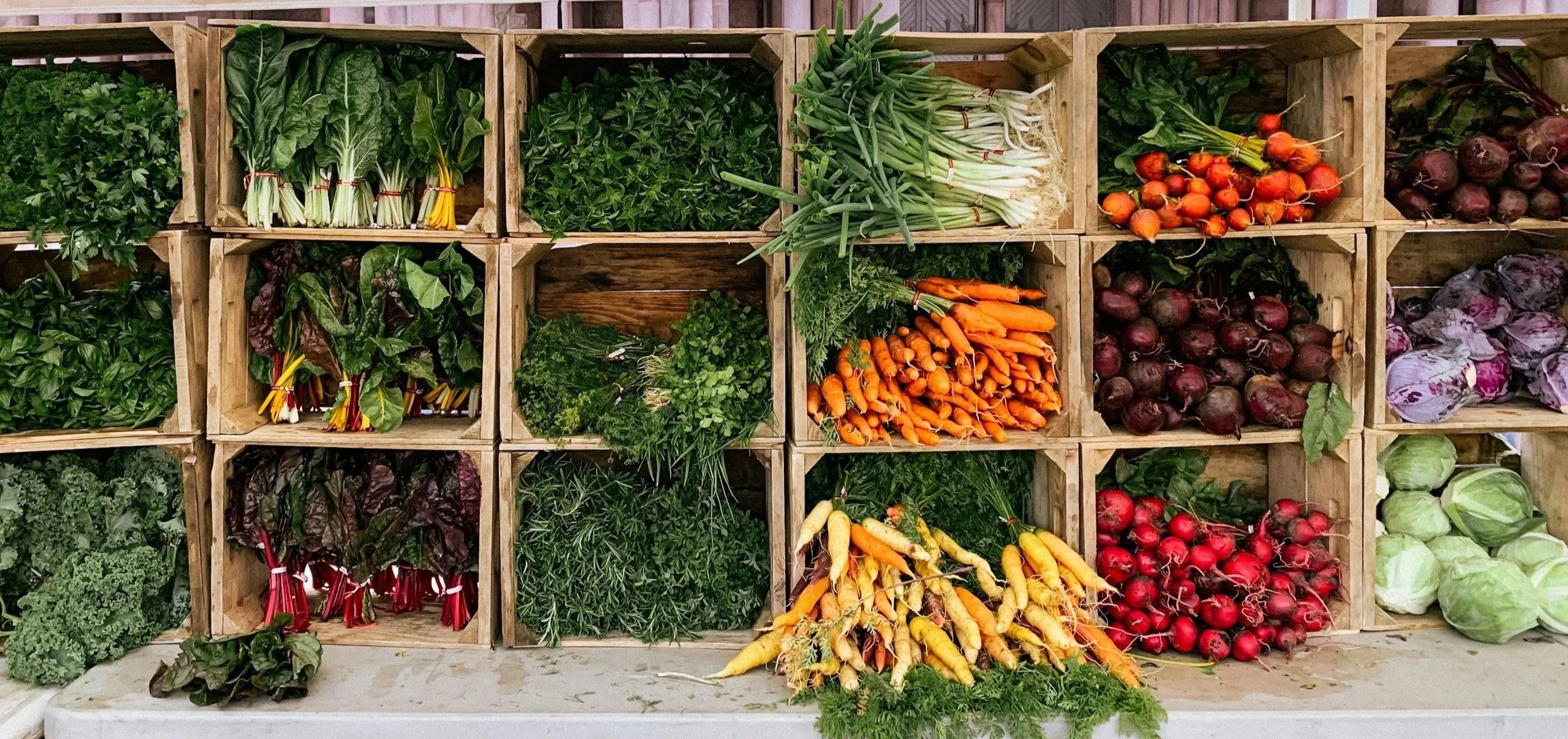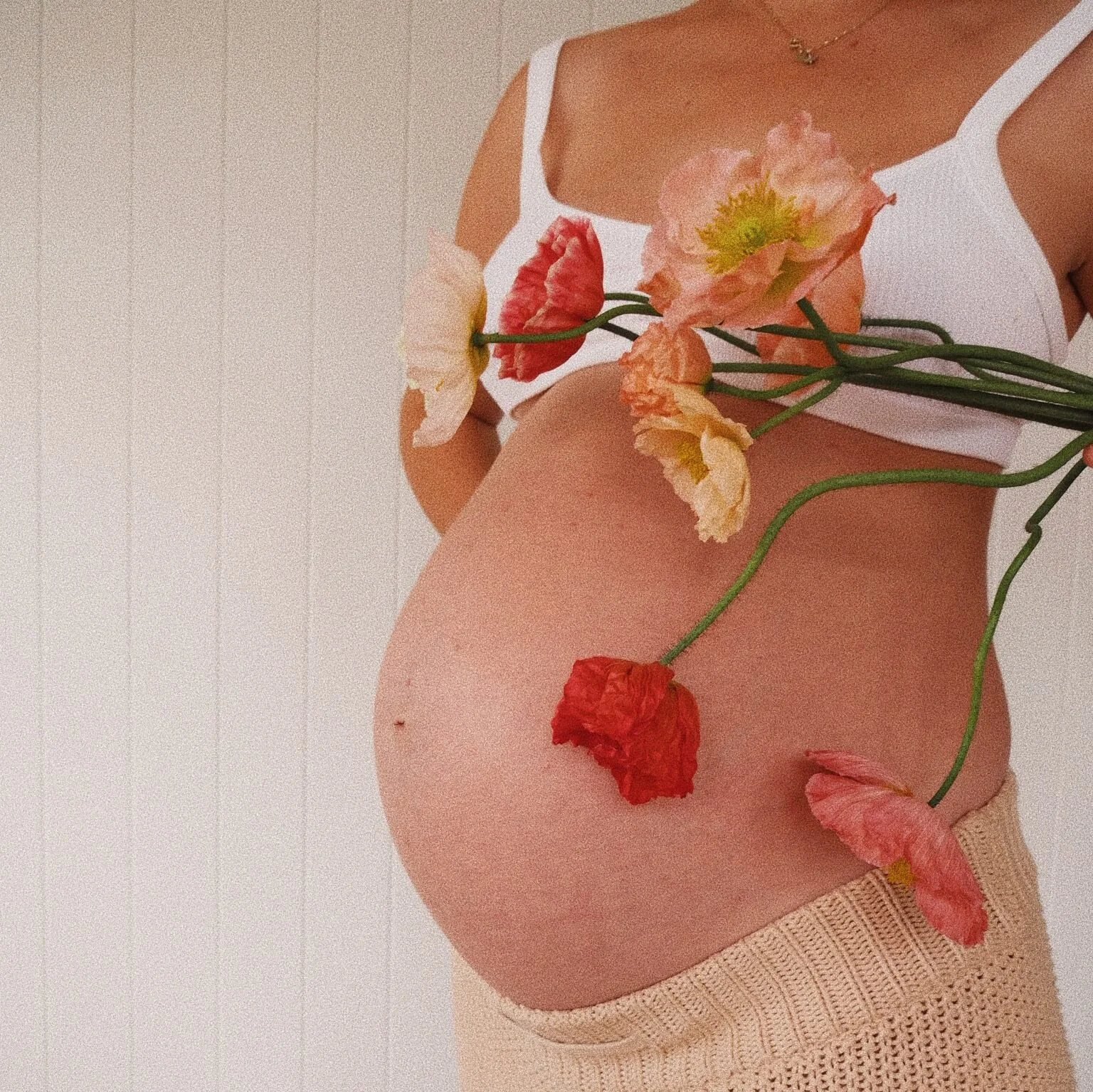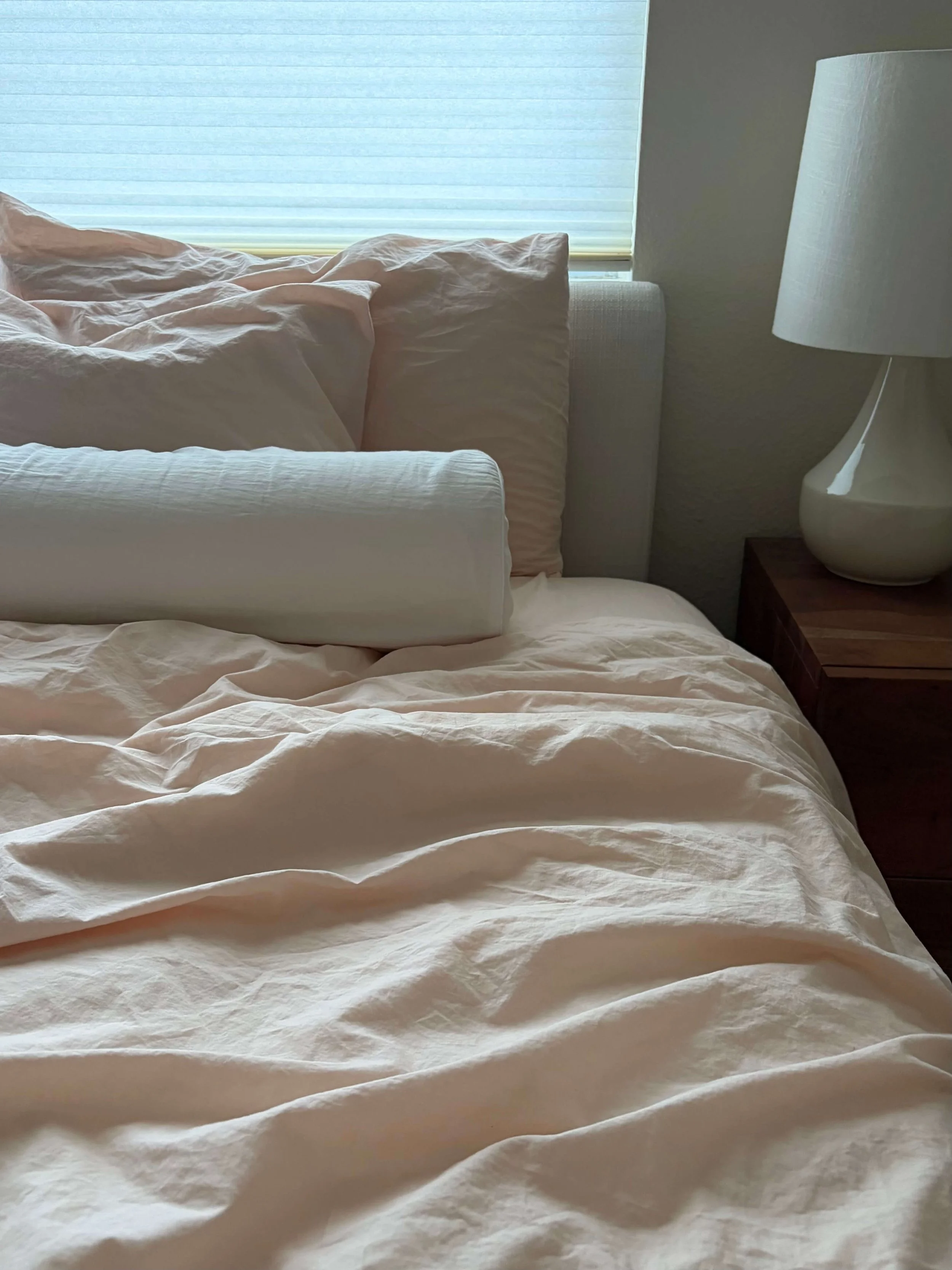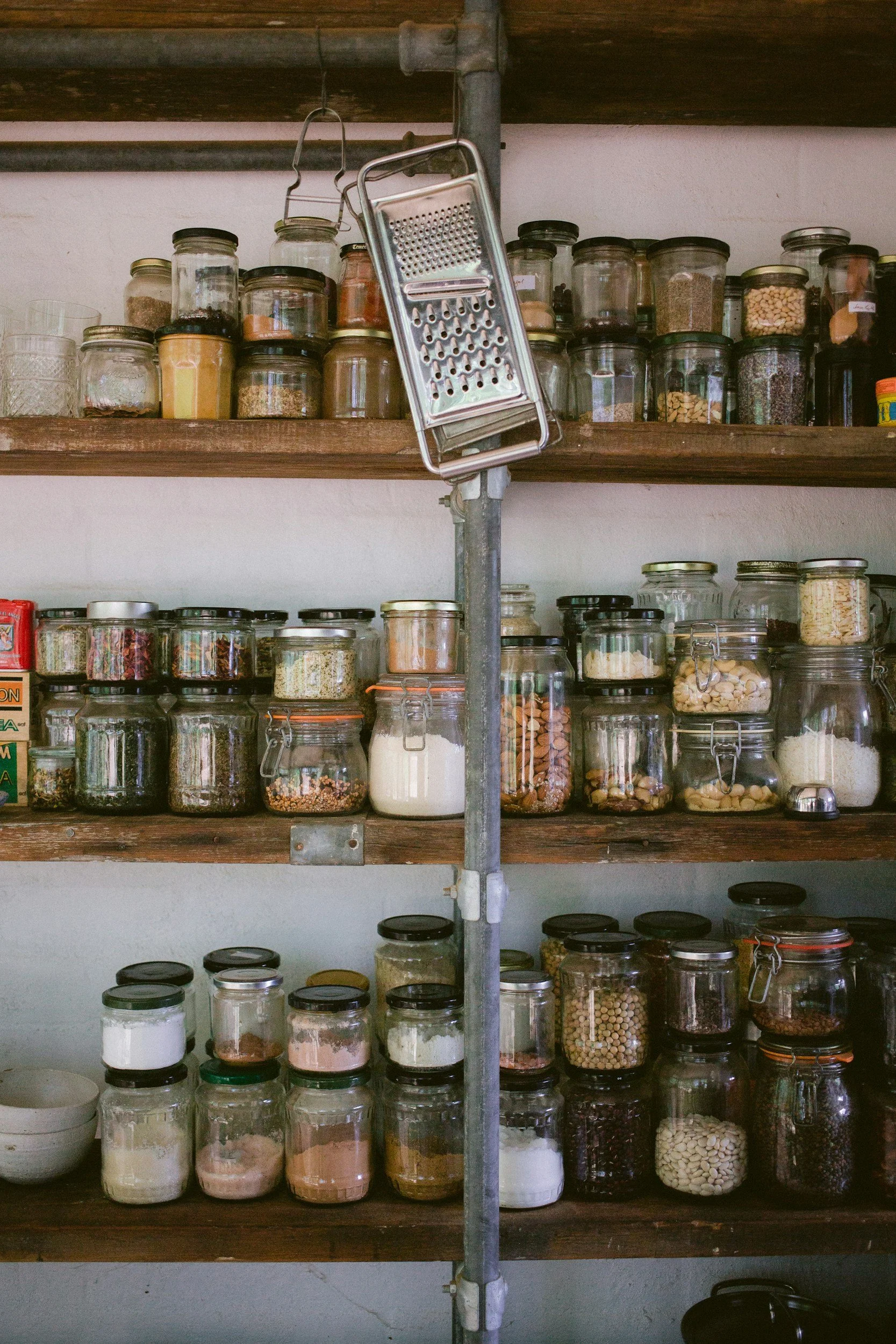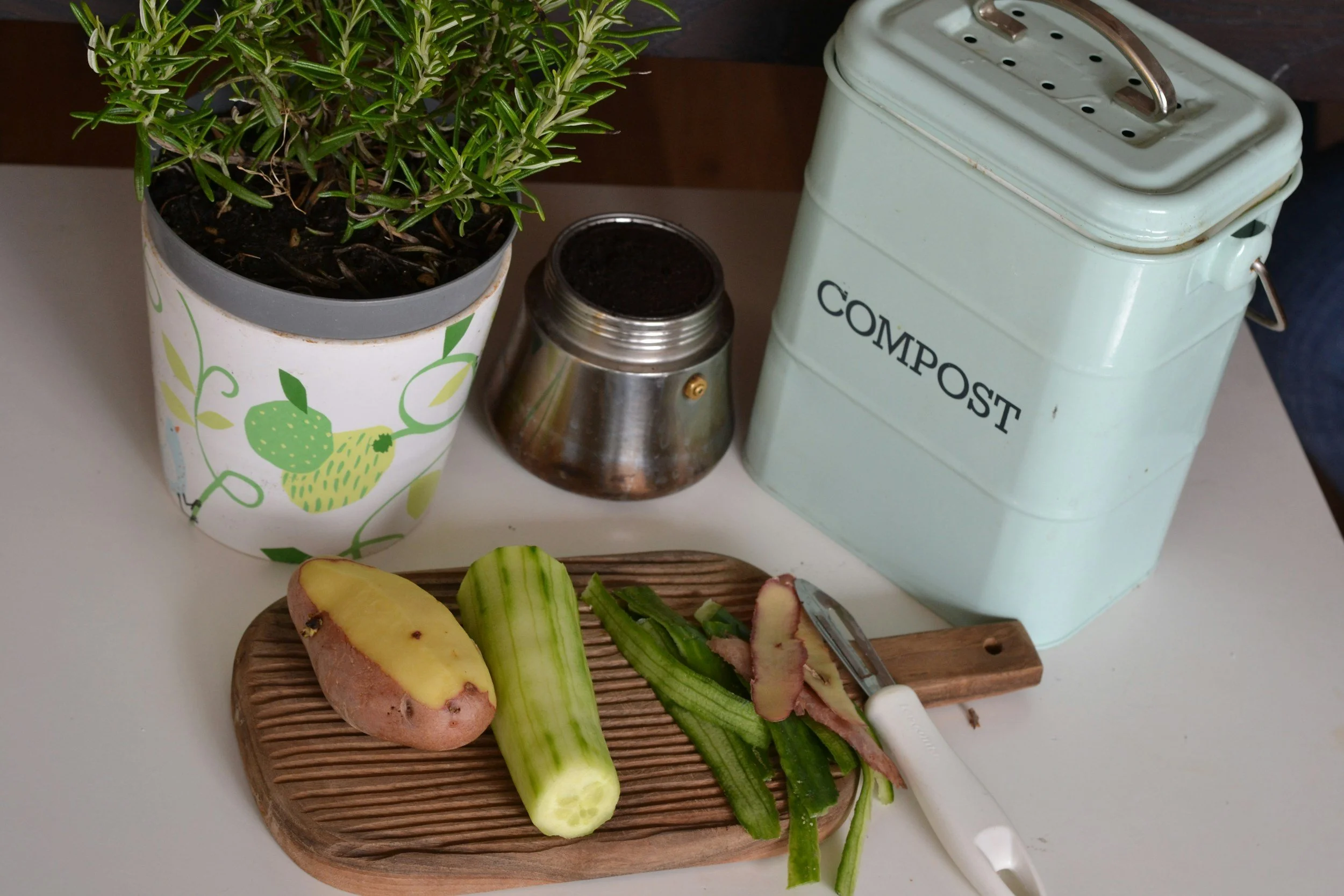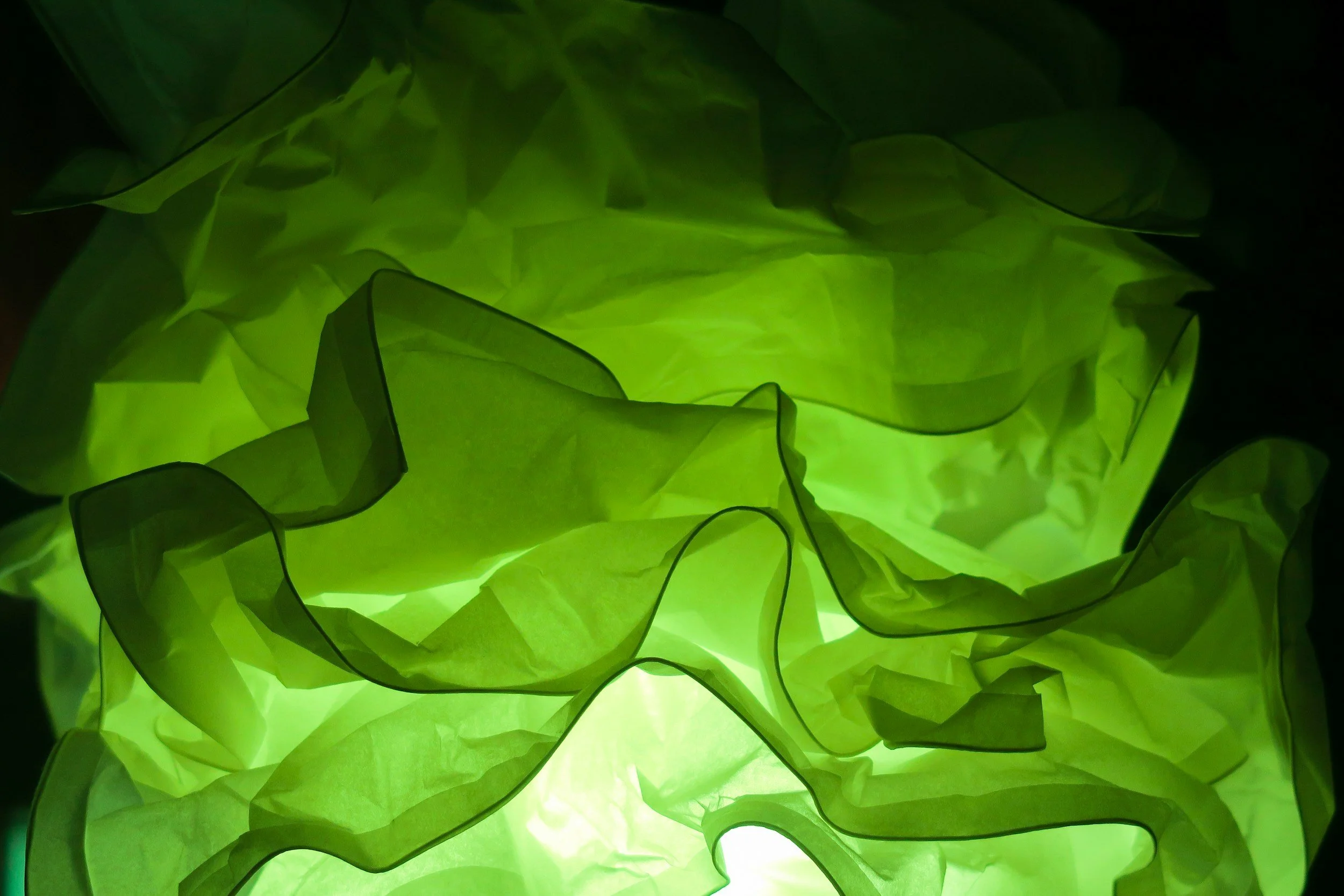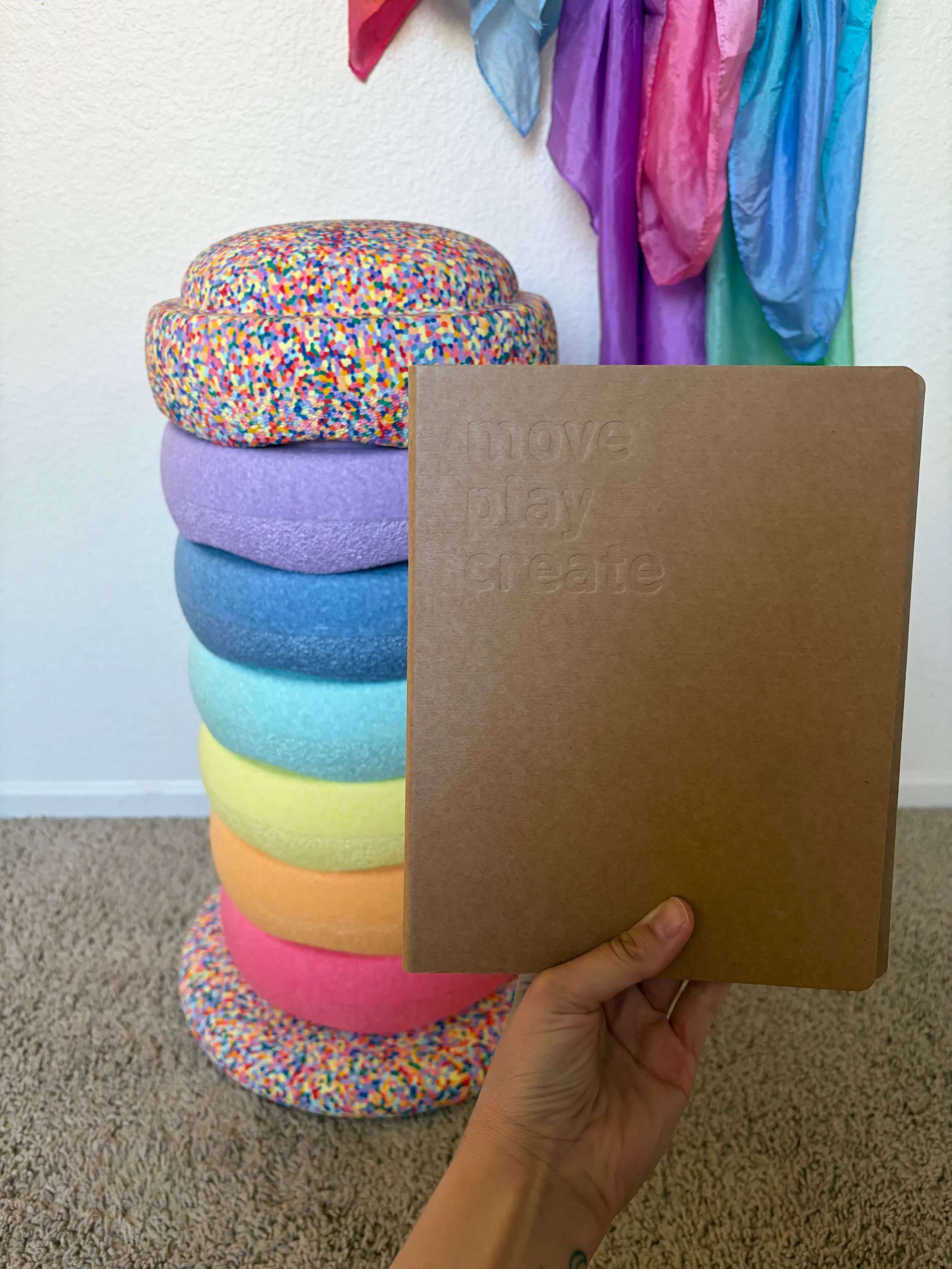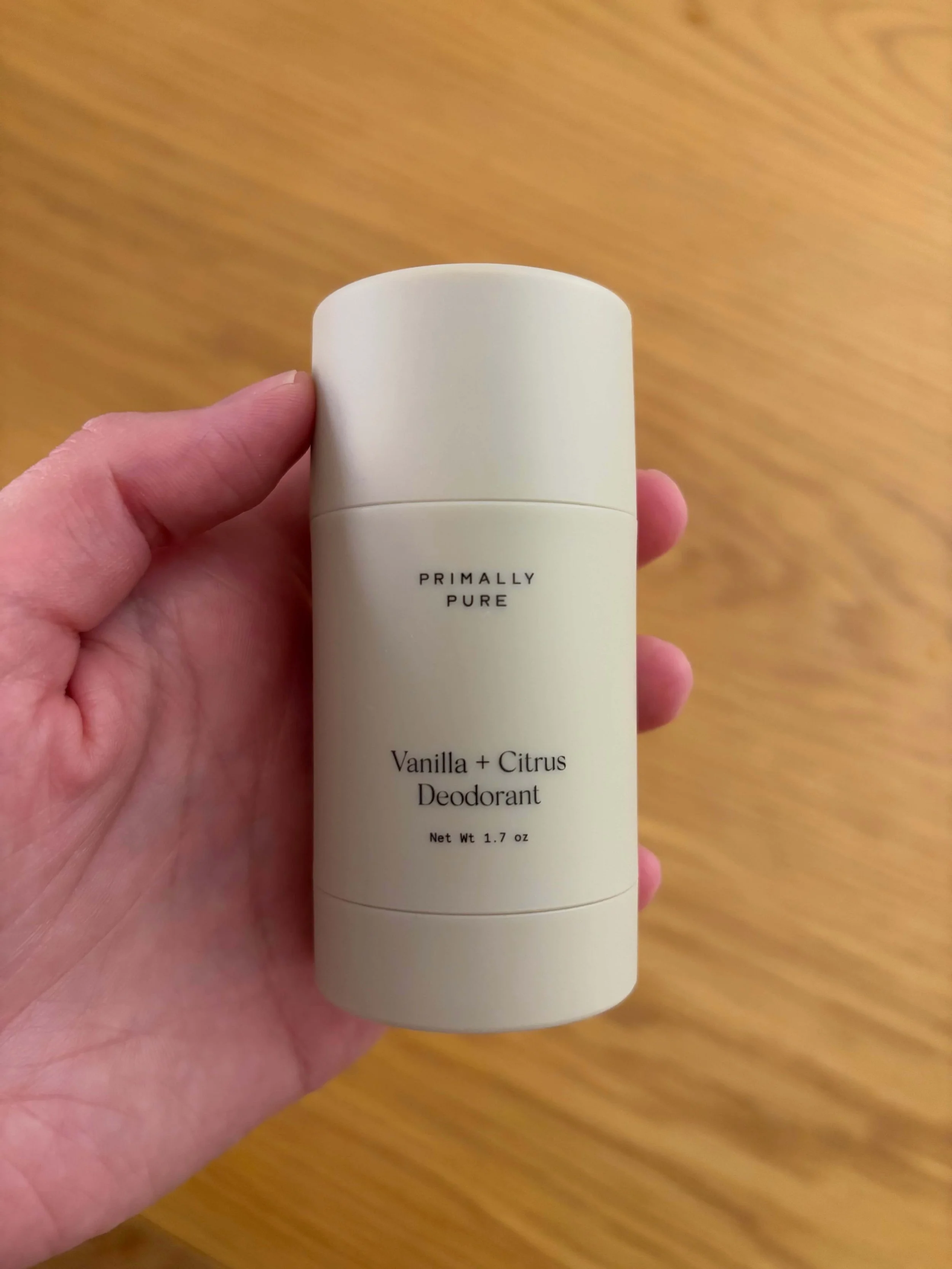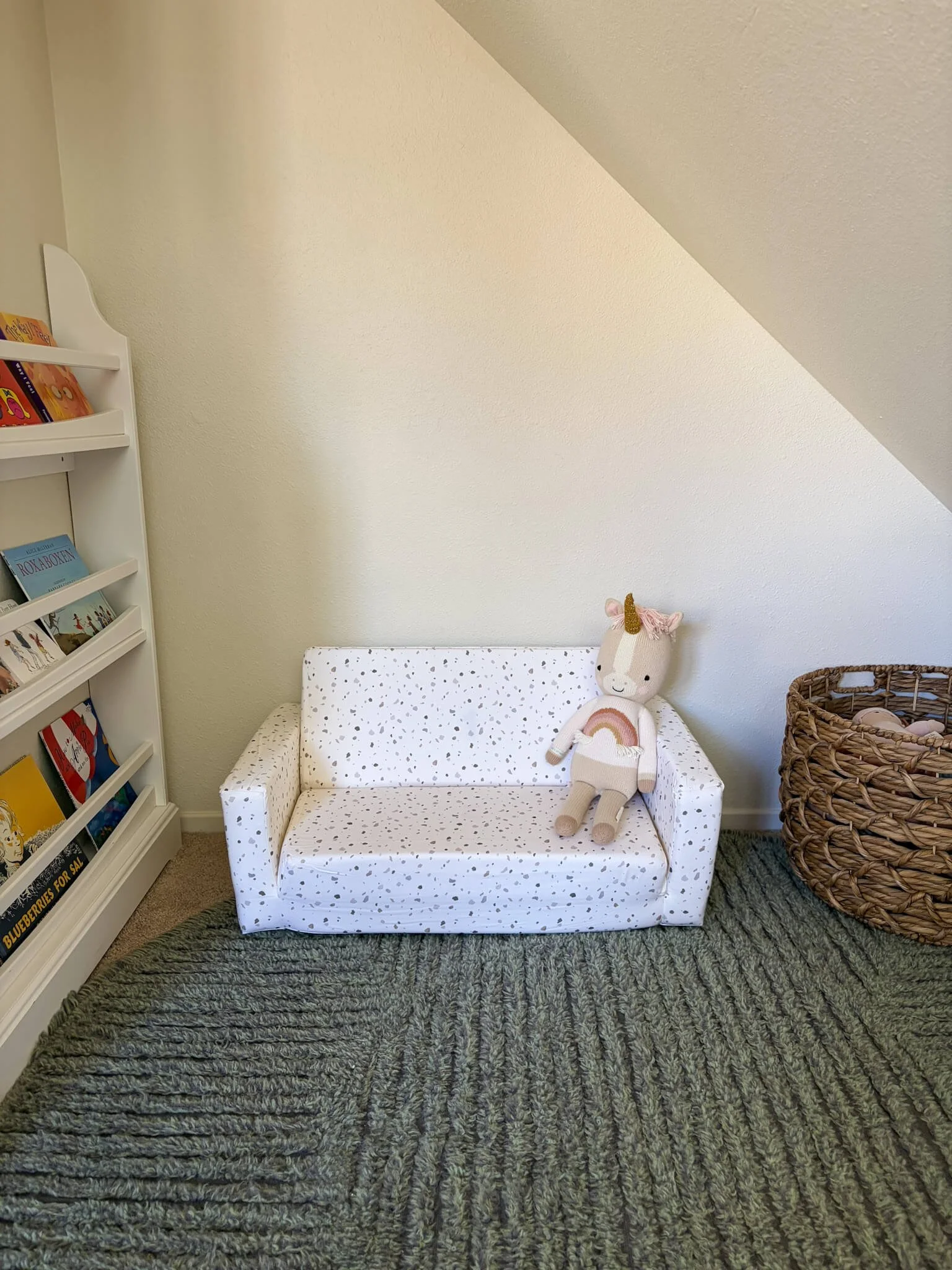How to Read a Non-Toxic Label (When Everything Claims to Be Clean)
It feels like every brand these days wants to look “clean” or “eco-friendly.” Labels say natural, green, plant-based, toxin-free — but how much of that is actually true?
The reality: a lot of these buzzwords aren’t regulated, which means brands can use them freely without proving anything. So if you’ve ever stood in an aisle (or scrolled through pages online) wondering what to actually trust — you’re not alone.
It took me a while to figure out which brands I could trust. I started out by reading labels and looking up the ingredients I didn’t know (which was almost all of them at first). Then I found the EWG skin deep database, which took a lot of the grunt work out of that part — if this is your first time hearing about the EWG database, its basically a search engine where you can look up a product and see its numeric score based on its ingredients — think of it like a non-toxic report card. One of my favorite things about this database is that you can also look at each ingredient that the score was generated from to see the specific health or environmental hazards they pose. Once I figured out the ingredients behind the products, I started deep diving into certifications and brand transparency.
Here’s how to read a “non-toxic” label like a pro, so you can skip the marketing fluff and feel confident in what you’re bringing into your home.
1. The Problem with “Clean” and “Natural” Labels
Let’s start with the tricky stuff:
Terms like clean, eco, green, or natural sound great — but they mean nothing legally. A brand could add one plant extract to a formula full of synthetic fragrance and still call it “natural” — no thanks.
What to watch for:
Fragrance or parfum — a catch-all that can hide dozens of chemicals.
Words like “eco” or “green” without any certification or explanation.
Ingredient lists that say “proprietary blend” (that’s code for “we’re not telling”).
If a company isn’t transparent about what’s in their product, that’s your first red flag. I don’t usually give these products a second thought.
2. The Words That Actually Mean Something
Some words are backed by regulation or clear standards.
Look for:
Fragrance-free: truly means no synthetic fragrance (unlike “unscented,” which may still contain masking agents).
Certified Organic: verified by an accredited body like USDA or GOTS.
Non-toxic: ideally verified by third-party testing or certification (MADE SAFE is one of the best).
If you see these terms plus clear labeling and certification logos, you’re likely in safer territory.
If you’ve ever been confused by “organic” claims, The Truth About ‘Organic’ Products breaks it all down.
3. Certifications to Look For
Here are some trusted seals that actually back up the “non-toxic” claim:
GOTS (Global Organic Textile Standard)
For fabrics and bedding — ensures organic fibers and no harmful dyes or finishes.
GOLS (Global Organic Latex Standard)
Verifies natural latex products are organic and free from harmful additives.
OEKO-TEX® Standard 100
Tests textiles for harmful substances. Not organic, but still great for reducing chemical exposure.
MADE SAFE®
One of the most rigorous standards — every ingredient is screened for toxicity.
Greenguard Gold
Tests products (like mattresses or furniture) for low chemical emissions and off-gassing.
When in doubt, look up the certification online. Real programs have public databases where you can verify products by name.
Looking for more information on which certifications actually mean something? Check out my post on Certifications That Actually Matter.
4. Quick Label-Reading Checklist
Before you buy, pause for 30 seconds and check for these:
✔ Ingredient list is short, clear, and pronounceable.
✔ No “fragrance,” “parfum,” or “proprietary blend.”
✔ Recognizable third-party certification logo (GOTS, MADE SAFE, etc.).
✔ Transparency: brand lists full ingredients and explains sourcing.
✔ Bonus: recyclable or minimal packaging (because sustainability matters too).
If a product checks most of these boxes, you can feel pretty confident it’s genuinely clean.
When you’re ready to make the switch, I share easy first steps in How to Transition to a Non-Toxic Home.
Final Thoughts
Reading labels can feel like decoding a foreign language (trust me, I’ve been there!) — but once you learn what to look for, it gets easier (and honestly, kind of empowering). And remember, the goal isn’t perfection; it’s awareness. Every swap you make toward more transparent, non-toxic products adds up.
Quick Tips
📖 Part 1 of the 7 Days to a Non-Toxic Home Series
Day 1: How to Read a Non-Toxic Label
Day 2: Certifications That Actually Matter
Day 3: The Truth About Organic Products
Day 4: Greenwashing 101: How to Spot It
Day 5: What “Not Toxic” Really Means for Families
Day 6: Sustainable vs. Non-Toxic: Why Both Matter
Day 7: How to Transition to a Non-Toxic Home Without Overwhelm







